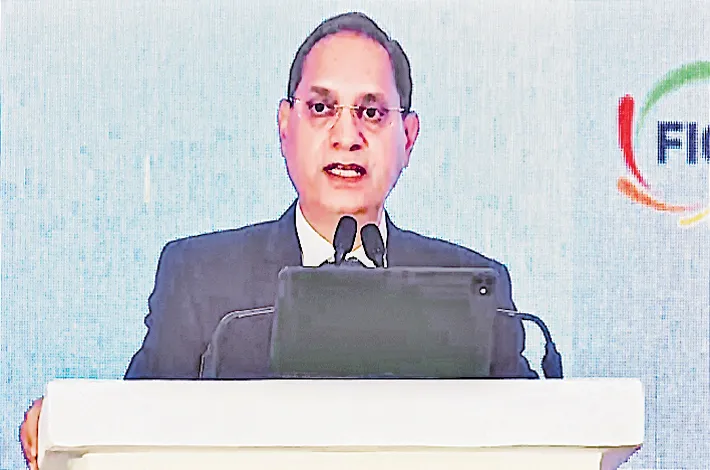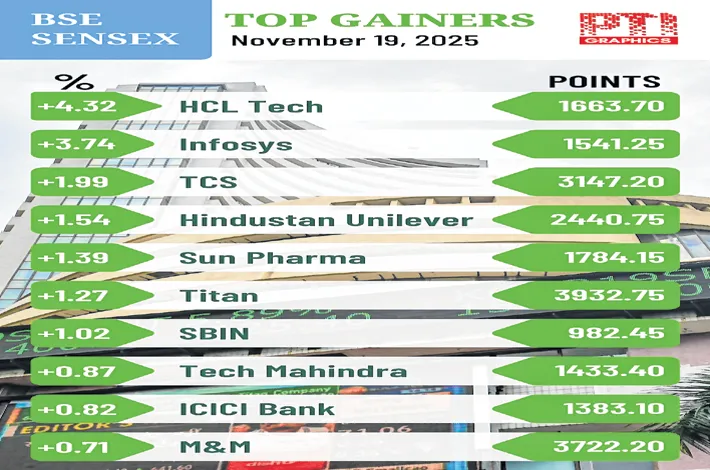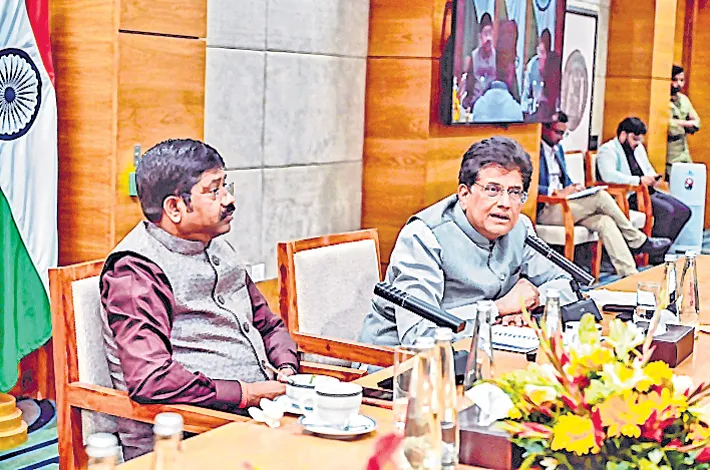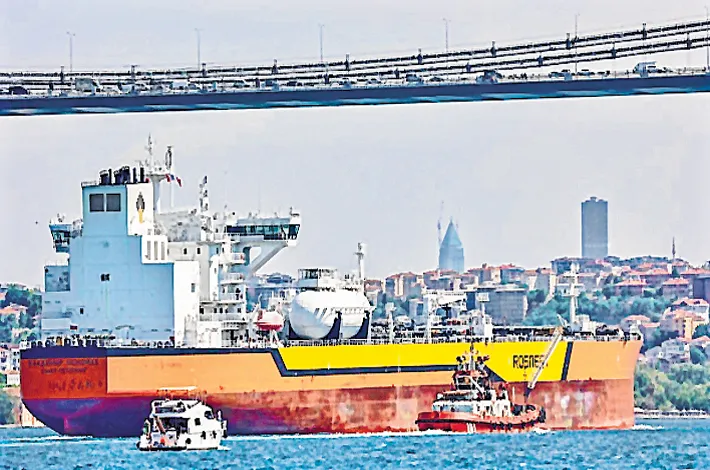Agriculture & climate finance the new game changer
20-11-2025 12:00:00 AM

Of the total $6 trillion bank funding to all the sectors, hardly 5% amounting to $300 billion is to agriculture sector. About $600 billion of subsidies are given to agriculture sector. However, substantial amount is for input materials
Need for RAIZ
■ 260 crore people world wide not consuming healthy diet and over 60 crore people suffer hunger.
■ RAIZ commensurate with the climate change concerns, and the need to support agriculture and food systems.
■ As per estimates food systems of developing countries need $201 billion per annum, and that too within the nationally determined contributions (NDCs).
■ Of the total climate finance only 7% is channeled to agrifood systems. Of this, 80% is from domestic sources and majority is in debt form than in grant form.
■ Amount needed for all NDCs is $4.5 trillion of which 60% is for developing countries. Of the total world’s land area of 13.4 billion hectares, land used for agricultural is 4.8 billion hectares.
■ In this context, COP30 suggested additional actions to agriculture and food systems which include increasing grant based and concessional financing for rural development programs, and increase in the overall sectoral funding support.
At the ongoing COP30 in Brazil, ‘The Resilient Agricultural Investment for net Zero land degradation’ (RAIZ) is launched on 19th November 2025. This is a landmark program in the history of Climate Finance. RAIZ which is a partnership between Brazil and UN is to mobilize capital and technology for restoring degraded lands worldwide. The program aims at contributing to food security, climate action, and biodiversity. The features include restoring degraded lands, promoting regenerative agriculture, preventing deforestation, reducing emissions and increasing food production.
Worldwide 260 crores of world population which is 1/3rd are not receiving a healthy diet. Presently 673 million people suffer hunger. As per estimates by year 2030 530 million people will still suffer hunger. Therefore, RAIZ is commensurate with the climate change concerns, and the need to support agriculture and food systems.
As per conservative estimates agriculture and food systems of developing countries require $201 billion per annum within the nationally determined contributions (NDCs). NDCs are the targets of climate actions. However, global estimates put the financing gap as $1 trillion per annum until year 2030. Of the total climate finance only 7% is channeled to agrifood systems. Of this, 80% is from domestic sources and majority is in debt form than in grant form.
Value of annual agriculture produce is $13 trillion, which is 10% of global GDP (gross domestic product). The contribution of agriculture to GDP in countries vary from 4% to 40%. Developing countries contribute 75% of global agri production and 25% is by developed countries. Globally the total annual investment in all the sectors is $13 trillion and the investment in agriculture sector is a paltry $30 billion. Of the investment in agriculture sector, majority is from private players summing up from billions of small players in the sector.
Of the total $6 trillion bank funding to all the sectors, hardly 5% amounting to $300 billion is to agriculture sector. About $600 billion of subsidies are given to agriculture sector. However, substantial amount is for input materials, credit, and minimum support prices aimed at reducing the production cost. About 1 billion is employed in agriculture sector representing 25% of total global labor force, while industry has 25% and services sector has 50% share in global employment.
Share of agriculture in the global greenhouse gas emissions is 20% while that of energy is 35%, industry is 25%, transportation 15%, and balance from others including buildings and waste etc. The amount required for all NDCs globally is $4.5 trillion of which 60% is for developing countries. Of the total world’s land area 13.4 billion hectares, land used for agricultural is 4.8 billion hectares.
Within agricultural land, cropland is 1.6 billion hectares and permanent pastures is 3.2 billion hectares. Over the past decade, the global total factor productivity growth dropped to 0.76% against the required 2% to meet the food demand. In the past 2 decades, the crop land expanded by 78 million hectares while permanent pastures declined by 150 million hectares.
The ongoing climate change is causing an annual decline of 10% in nutrient quality in the agri produce. Regarding the soil fertility, estimates suggest that by year 2050, 90% of earth’s topsoil could be at high risk of degradation. About 1 billion hectares which is 20% of global farmland is already degraded.
Amidst the alarming situation COP30 suggested additional actions to agriculture and food systems. They include increasing grant based and concessional financing for rural development programs, blended finance mechanisms, funding methane reducing solutions, and increase in the overall sectoral funding support. Within economies, encouragement and funding support is required for agritechs promoting modern agriculture methods, sustainable practices, optimum price realization initiatives, and helping creation of productive employment.
Dr. Kishore Nuthalapati CFO, BEKEM Infra Projects Pvt Ltd, Hyd








